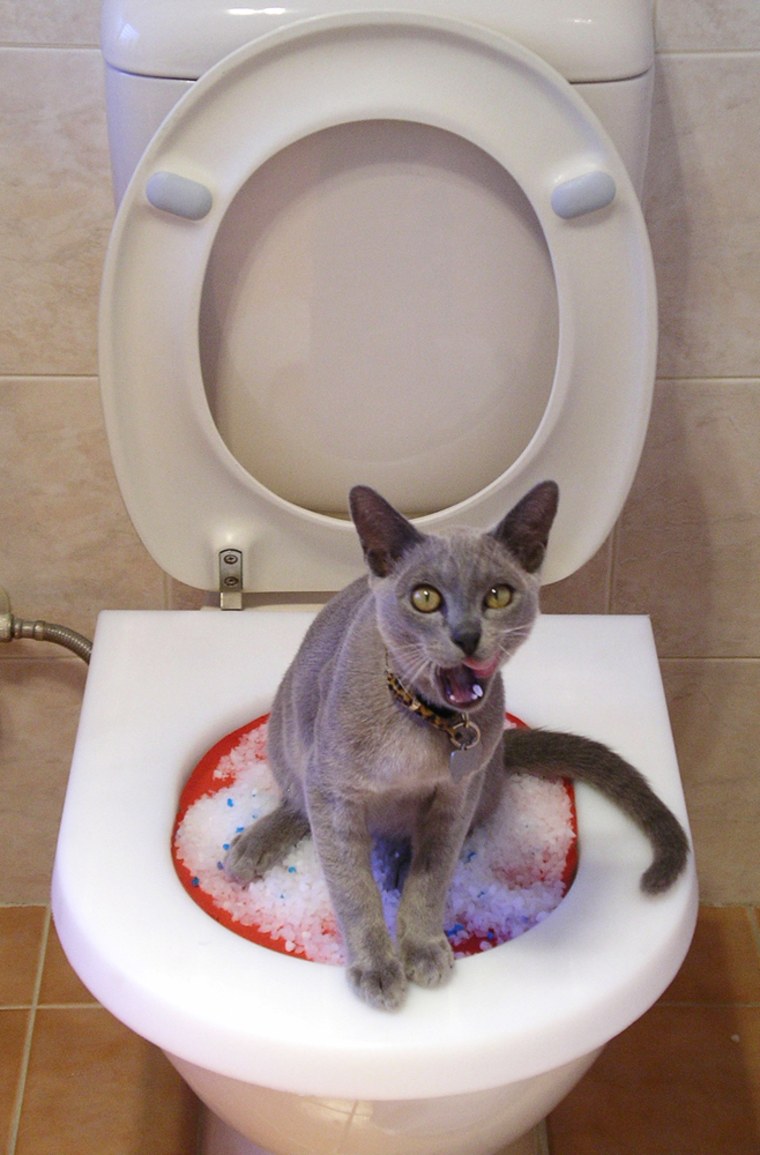The Risks of Flushing Cat Poop in Your Toilet - Preventive Measures
The Risks of Flushing Cat Poop in Your Toilet - Preventive Measures
Blog Article
We have discovered this great article about How to Dispose of Cat Poop and Litter Without Plastic Bags below on the internet and felt it made good sense to share it with you in this article.

Intro
As cat owners, it's vital to bear in mind just how we throw away our feline friends' waste. While it may seem hassle-free to flush feline poop down the commode, this practice can have harmful repercussions for both the setting and human wellness.
Alternatives to Flushing
Thankfully, there are safer and a lot more accountable means to throw away cat poop. Think about the adhering to choices:
1. Scoop and Dispose in Trash
The most common technique of throwing away feline poop is to scoop it right into an eco-friendly bag and toss it in the garbage. Be sure to use a committed clutter inside story and dispose of the waste quickly.
2. Use Biodegradable Litter
Opt for biodegradable pet cat clutter made from materials such as corn or wheat. These litters are environmentally friendly and can be securely dealt with in the trash.
3. Hide in the Yard
If you have a backyard, take into consideration hiding feline waste in an assigned area away from veggie yards and water sources. Be sure to dig deep enough to avoid contamination of groundwater.
4. Set Up a Pet Waste Disposal System
Invest in a pet garbage disposal system particularly developed for feline waste. These systems utilize enzymes to break down the waste, reducing smell and environmental impact.
Health Risks
Along with ecological issues, flushing feline waste can also posture wellness risks to people. Cat feces might contain Toxoplasma gondii, a parasite that can trigger toxoplasmosis-- a potentially extreme disease, specifically for expecting females and individuals with weakened body immune systems.
Ecological Impact
Flushing feline poop presents unsafe pathogens and bloodsuckers into the water system, posing a considerable threat to marine communities. These pollutants can adversely influence marine life and compromise water high quality.
Final thought
Accountable family pet possession expands past providing food and shelter-- it additionally involves proper waste management. By refraining from flushing cat poop down the bathroom and selecting alternate disposal techniques, we can lessen our ecological footprint and safeguard human health and wellness.
Why Can’t I Flush Cat Poop?
It Spreads a Parasite
Cats are frequently infected with a parasite called toxoplasma gondii. The parasite causes an infection called toxoplasmosis. It is usually harmless to cats. The parasite only uses cat poop as a host for its eggs. Otherwise, the cat’s immune system usually keeps the infection at low enough levels to maintain its own health. But it does not stop the develop of eggs. These eggs are tiny and surprisingly tough. They may survive for a year before they begin to grow. But that’s the problem.
Our wastewater system is not designed to deal with toxoplasmosis eggs. Instead, most eggs will flush from your toilet into sewers and wastewater management plants. After the sewage is treated for many other harmful things in it, it is typically released into local rivers, lakes, or oceans. Here, the toxoplasmosis eggs can find new hosts, including starfish, crabs, otters, and many other wildlife. For many, this is a significant risk to their health. Toxoplasmosis can also end up infecting water sources that are important for agriculture, which means our deer, pigs, and sheep can get infected too.
Is There Risk to Humans?
There can be a risk to human life from flushing cat poop down the toilet. If you do so, the parasites from your cat’s poop can end up in shellfish, game animals, or livestock. If this meat is then served raw or undercooked, the people who eat it can get sick.
In fact, according to the CDC, 40 million people in the United States are infected with toxoplasma gondii. They get it from exposure to infected seafood, or from some kind of cat poop contamination, like drinking from a stream that is contaminated or touching anything that has come into contact with cat poop. That includes just cleaning a cat litter box.
Most people who get infected with these parasites will not develop any symptoms. However, for pregnant women or for those with compromised immune systems, the parasite can cause severe health problems.
How to Handle Cat Poop
The best way to handle cat poop is actually to clean the box more often. The eggs that the parasite sheds will not become active until one to five days after the cat poops. That means that if you clean daily, you’re much less likely to come into direct contact with infectious eggs.
That said, always dispose of cat poop in the garbage and not down the toilet. Wash your hands before and after you clean the litter box, and bring the bag of poop right outside to your garbage bins.
https://trenchlesssolutionsusa.com/why-cant-i-flush-cat-poop/

I'm certainly very eager about How to Dispose of Cat Poop and Litter Without Plastic Bags and I'm hoping you enjoyed our blog post. Do you know somebody else who is occupied with the topic? Please feel free to promote it. Thanks for your time. Please check our site back soon.
Click Here Report this page